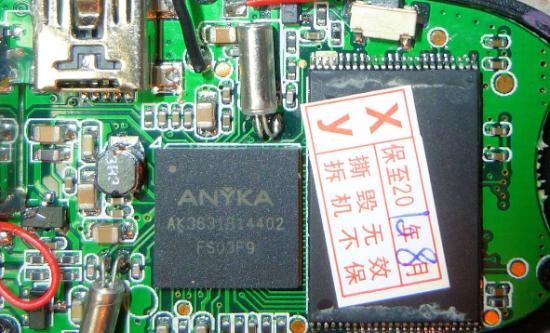
Over recent months, all sides of the US ruling class have come together in an organised attempt to frustrate the growing strength of China. A central part of this strategy is crippling China’s ability to manufacture and sell microchips. Crucial to this is isolating Taiwan from mainland China; Taiwan is the world leader for production of the most advanced chips, manufacturing 92% globally, and is the number one source of China’s Integrated Circuit (IC) imports. Such high-end chips are becoming increasingly integral to ensuring military and technological supremacy in the modern world; something US international strategy prioritises heavily to maintain its current position as the world’s greatest imperialist force.
ICs – often referred to as microchips, or just chips – are central to modern technology. They are fundamental aspects of any modern electronic device, and because of this have become highly sought after by all global powers. Made using semiconductor material – specifically silicon – the US has historically been a leading manufacturer of chips. US-based multinational Intel is currently the world’s largest chip manufacturer by revenue, making over $79bn in 2021, with other US companies such as Micron and QUALCOMM making over $27bn and $33bn respectively. However, China has emerged as a serious economic competitor to the US’s global domination of markets. Modern militaries are another industry becoming heavily reliant on technology, therefore the growing competition of China also indirectly threatens the US’s current position as the world’s greatest military force.
Although former President Trump had previously restricted sales of chips by US companies to one of the largest privately-owned Chinese companies – Huawei – this trade war has recently reached a fever-pitch under Biden. On 7 October 2022, heavy restrictions were placed on US-based hardware manufacturers and their ability to sell advanced chips to China. Not only can Chinese businesses no longer purchase advanced chips made in the US, but they are also unable to purchase the machinery used in the production of such chips.
Efforts to boost domestic production within the US have also been given a shot in the arm. The CHIPS and Science Act was passed into law in August, throwing around $280bn at the problem in the form of tax benefits and subsidies for manufacturers. Almost $40bn of this will go towards incentives to encourage the building of domestic chip manufacturing plants, and $11bn will go towards the research and development of advanced chips. Members of both the Senate and House of Representatives voted across party lines to pass the bill. Bernie Sanders, being the sole Democratic Senator in opposition, stated ‘What I cannot understand is why so many in Congress are so eager to pay this bribe’.
Whether this trade war will succeed or backfire, however, is still to be determined. It is worth noting that over 2021, China produced the vast majority of the world’s silicon. China is estimated to be responsible for 6 million of the 8.5 million metric tonnes of silicon produced last year, with Russia coming in second at just over half a million metric tonnes. The US produced only 0.31 million metric tonnes, and it is hard to see how it can substitute Chinese silicon if the current strategy fails, especially given the third largest producer – Brazil – has recently voted out the US-allied Jair Bolsonaro. Brazil produced 0.39 million metric tonnes in 2021 and was responsible for one-fifth of the US’s total silicon imports under Bolsonaro.
The chip embargo will also have little effect if other countries continue to work with China; leaving the potential for the US to become the ultimate victim of its own aggressive international policy. However, despite manufacturing 12% of the world’s chips, it is undeniable that China is heavily reliant on imports: over $380bn was spent on integrated circuit imports in 2020, and this has continued to rise. Although not currently capable of matching the quality of Taiwan’s ICs, China is not far behind, and undoubtedly has the resources to catch up to industry leaders in the coming years.
Matvey Chernov




